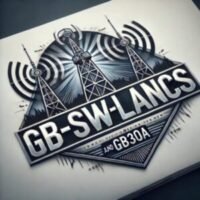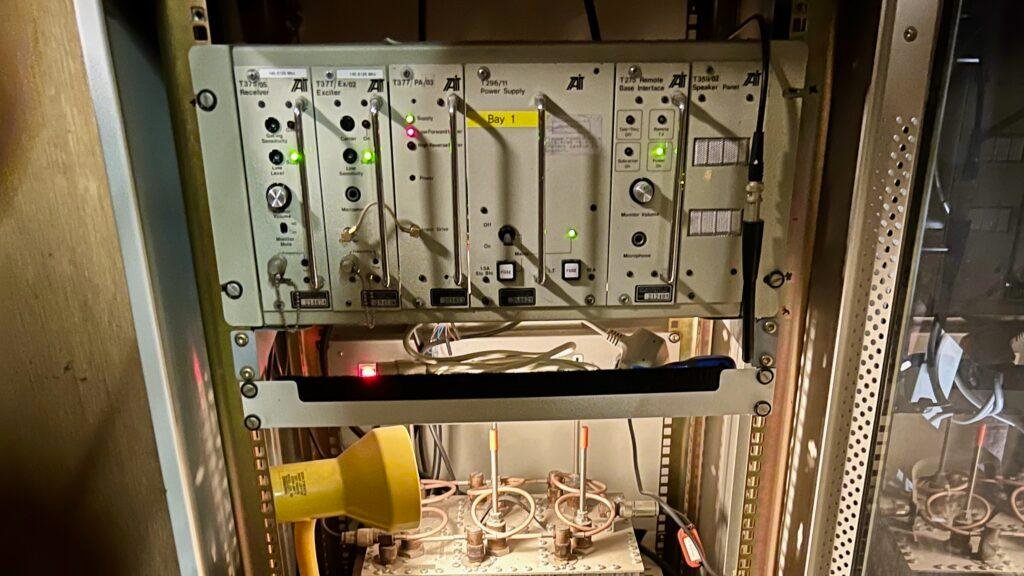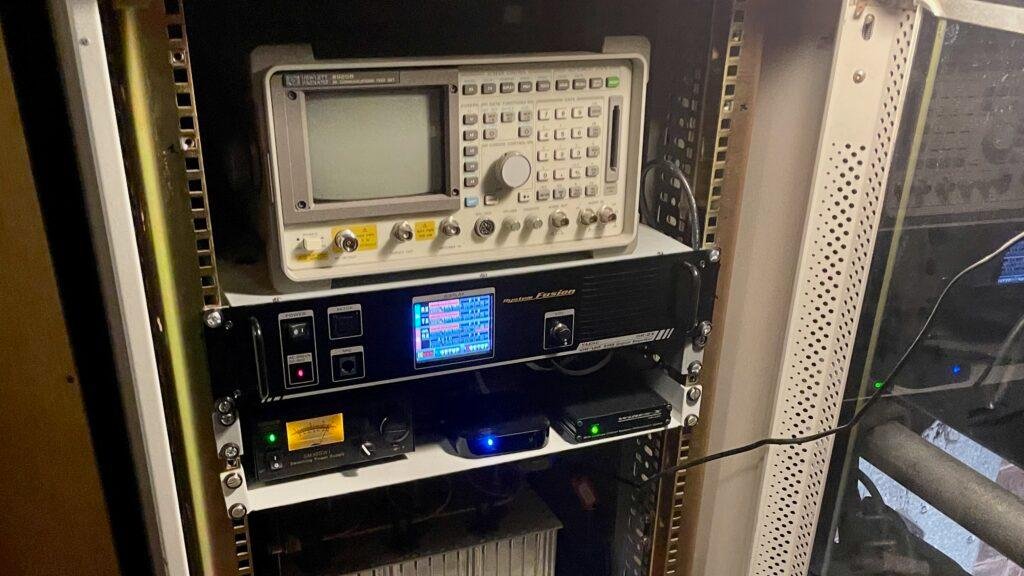Scheduled Connections – Update
Thanks all for your patience! We’re pleased to report some progress on the previously reported issue on scheduled connections. Some changes have been made, not sure which one did the trick, or maybe it’s a combination, but scheduled connections are now available again.
An updated version of the software became available so that’s been installed, plus we’ve switched VPN providers and also implemented a VLAN at the site of the repeater.
In addition, we’ve resurrected the GB3OA room and bridged it to the YSF reflector 11704 (GB-SW-LANCS)
So, here’s the current connections schedule:
- From 7am until 8:30am every day, GB3OA will be connected to the North West Fusion Group room, 44422 to cover the Squirrel net.
- At all other times, it will be connected to its own room, now called GB-SW-LANCS (05239). This Wires-X room is also RF bridged to the YSF reflector (also called GB-SW-LANCS), the number of which is 11704.
Please note – The repeater can be disconnected at any time and connected to wherever you like. After thirty minutes of inactivity, the repeater will reconnect to either NWFG or GB-SW-LANCS depending on the time of day.
The operating pages on this website will be updated accordingly in due course.
The GB3OA team.


